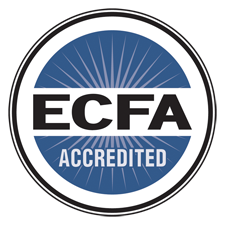Living without health insurance?

Roberta Andersen is a 52-year-old freelance artist living in Tivoli. She is a college graduate and an articulate, creative woman, but she has no health insurance. “I exercise a lot and eat simple, healthy, affordable foods. I’d like to eat more organic, but often the cost is prohibitive,” said Andersen. “I also bike and walk whenever possible, opting to park further away and often choosing the stairs over the elevator. I don’t watch a lot of television, as I don’t want to be influenced by pharmaceutical ads aimed at making consumers question their every arbitrary ache and pain. I also meditate and use homeopathic remedies whenever possible.”
It’s a scary thought, but when she feels it’s absolutely necessary, she has even used a friend’s prescription antibiotic. Andersen has even trekked to Mexico for dental work, making it a point to visit the dentist while she’s visiting her family. “The exams are 6% of what they would cost here in the States for the exact same dental procedure, and the level of care is completely comparable,” said Andersen.
While the concept of living without medical insurance may seem unfathomable to some, it is a way of life for many. Right now, there are 2.4 million New Yorkers between the ages of 19 and 64 who, like Roberta, don’t have health insurance, according to the most recent statistics from the New York State Health Foundation Resources. You might assume that these are residents who are at or below the poverty level, but Kaiser Data shows that 63% of those uninsured are not in poverty.
Why don’t they have insurance?
For some Americans, just the high cost of health insurance alone, which can run into hundreds of dollars a month for an individual premium, can break a budget. That doesn’t even include co-pays for doctors and lab visits, as well as the cost of prescriptions.
Other situations, such as pre-existing medical conditions or unemployment, or even being self-employed which does not always provide health insurance options, may lead some to navigate life without regular checkups or sick visits.
“I’m not the norm, but times are changing,” said Andersen. “The new face of the uninsured may be the middle-class mom in line at the grocery store who’s made sure her children have medical, but has opted to try and get by without coverage for herself, instead using that monthly stipend for food and utilities.”
With unemployment levels and health insurance premiums on the rise, uninsured residents in the Hudson Valley may have the daunting task of finding low or no-cost medical insurance. “In this economy, fewer people are insulated from the effects of rising healthcare costs and disappearing benefits. With unemployment on the rise and COBRA costs prohibitive for many, the challenge of finding affordable healthcare is becoming the norm, not the exception,” said Ted Herman, vice president of communications at Hudson Health Plan.
For more information:
Hudson Health Plan: hudsonhealthplan.org; 800-339-4557
Hudson River Healthcare: hrhcare.org; 877-871-4742
Healthy New York: ins.state.ny.us
Fidelis: fideliscare.org; 888-343-3547
Family Health Plus: health.state.ny.us/nysdoh/fhplus
NYS Health Foundation: nyshealthfoundation.org
Kaiser Family Foundation: statehealthfacts.org
United Way Helpline: 800-899-1479, or dial 211
Community Catalyst: communitycatalyst.org
Kathryn Lukaske is a freelance writer living in Dutchess County. She is regular contributor to several publications in the Hudson Valley.
(1).jpg)
